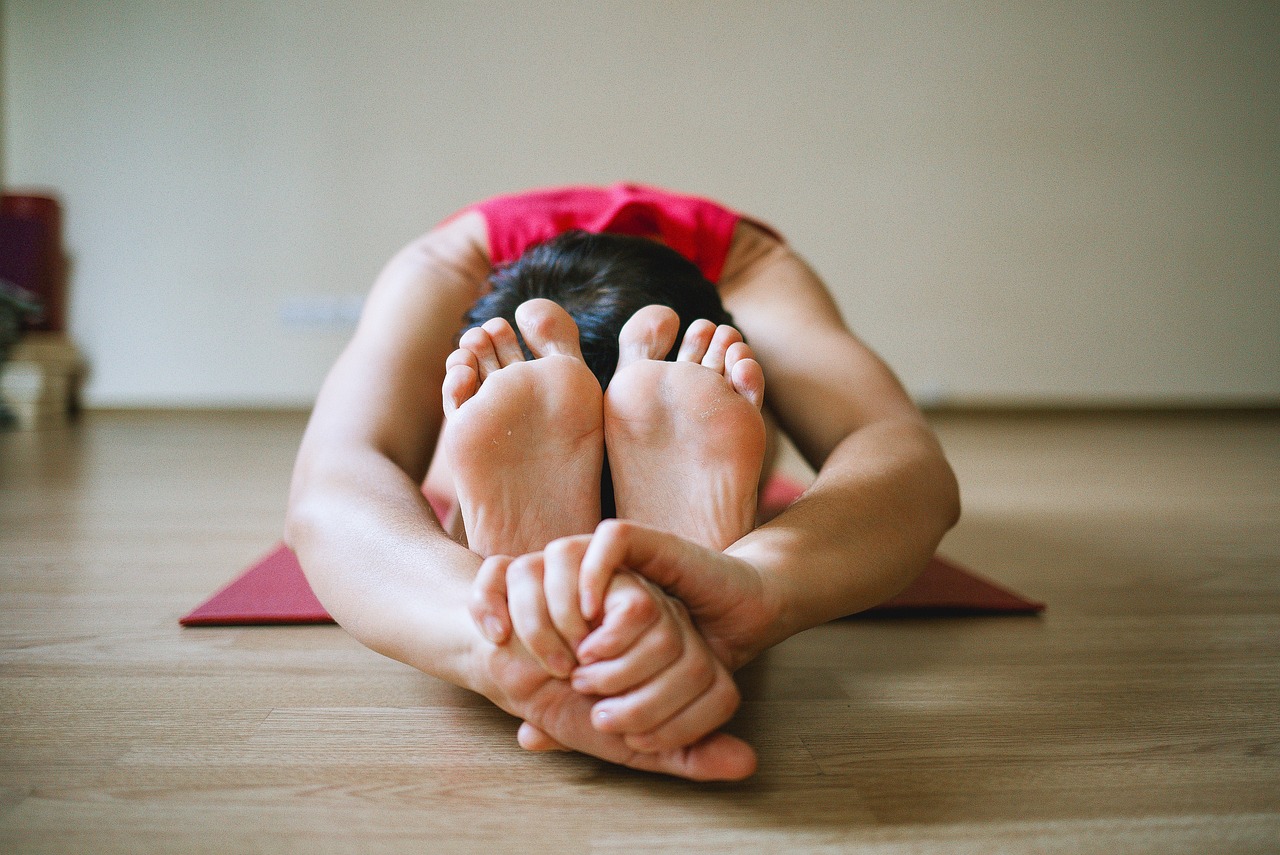Yoga vs. Pilates: Choosing the Right Practice for Your Fitness Journey
Yoga and Pilates are both renowned for their ability to improve strength, flexibility, and overall well-being, yet they offer distinct approaches and benefits. Deciding between the two often depends on your fitness goals, preferences, and physical condition. Here’s a comprehensive comparison to help you choose which practice might be better suited for you:
Yoga: Embracing Mindfulness and Flexibility
Origins and Philosophy: Yoga originated in ancient India thousands of years ago and encompasses a holistic approach to physical, mental, and spiritual well-being. It combines physical postures (asanas), breathing exercises (pranayama), and meditation to achieve harmony between mind and body.
Benefits:
- Flexibility: Yoga emphasizes stretching and holding poses to improve flexibility and range of motion.
- Stress Relief: Mindfulness and deep breathing techniques in yoga promote relaxation and reduce stress.
- Strength: Many yoga poses require holding body weight, which builds strength, particularly in the core and stabilizing muscles.
Variety:
- Types: Numerous styles include Hatha, Vinyasa, Ashtanga, Bikram (hot yoga), and more, catering to different preferences and fitness levels.
- Focus: Yoga focuses on balance, alignment, and connecting breath with movement.
Who It’s Best For:
- Mindfulness Seekers: Individuals looking to enhance mental clarity and reduce stress.
- Flexibility Enthusiasts: Those interested in improving overall flexibility and mobility.
- All Fitness Levels: Yoga offers modifications and progressions suitable for beginners to advanced practitioners.
Pilates: Building Core Strength and Alignment
Origins and Philosophy: Pilates was developed in the early 20th century by Joseph Pilates and focuses on core strength, proper alignment, and muscular balance. It incorporates controlled movements, breath awareness, and mind-body connection.
Benefits:
- Core Strength: Pilates exercises target the core muscles (abdominals, lower back, hips) to improve stability and posture.
- Muscle Tone: By emphasizing precise movements and control, Pilates helps build lean muscle and improve overall body tone.
- Alignment: Pilates promotes proper alignment of the spine and joints, enhancing body awareness and reducing the risk of injury.
Variety:
- Equipment: Traditional Pilates often uses specialized equipment like reformers, which provide resistance and support for varying exercises.
- Mat-Based: Mat Pilates uses body weight as resistance and is accessible for beginners with minimal equipment.
Who It’s Best For:
- Core Strength Seekers: Individuals aiming to strengthen their core muscles and improve posture.
- Rehabilitation: Pilates is often used in rehabilitation settings to recover from injuries or manage chronic conditions.
- Athletes: It complements athletic training by focusing on functional movement patterns and improving performance.
Choosing Between Yoga and Pilates
Considerations:
- Fitness Goals: Determine whether you prioritize flexibility, stress reduction, core strength, or overall body conditioning.
- Physical Condition: Consider any existing injuries or health concerns that may benefit from specific exercises or modifications.
- Preference: Try both practices to see which resonates more with your personal preferences and lifestyle.
Combining Both Practices:
- Many individuals enjoy incorporating both yoga and Pilates into their fitness routines to reap the unique benefits of each.
- Example: A week may include yoga sessions for relaxation and flexibility, while Pilates sessions focus on core strength and alignment.
Conclusion: Ultimately, whether you choose yoga or Pilates depends on your fitness goals, preferences, and what resonates best with your body and mind. Both disciplines offer profound benefits for physical health, mental well-being, and overall fitness. Exploring each practice and understanding their principles can help you make an informed decision that supports your long-term health and fitness journey.
